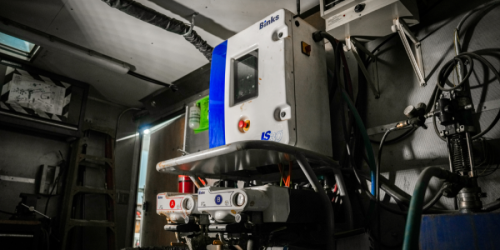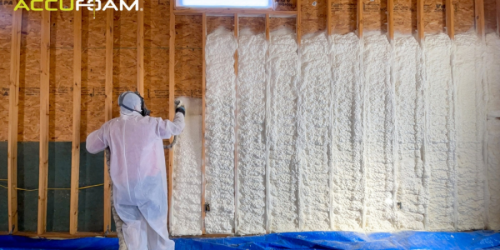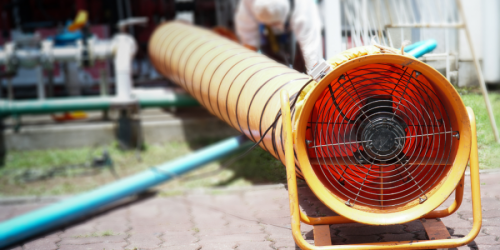Q&A Forums
Moisture within SPUF System Post New Topic | Post Reply
| Author | Comments |
|---|---|
|
Scott Bertke
Posted: Sep 15, 2015 08:52 PM
|
Moisture within SPUF System
I have specified a Urethane Coating System for an aging SPUF system.Contractor believes that some moisture is present within foam system. He is afraid that coating will trap moisture and become vapor blisters under the new coating. This roof is not leaking. I believe there is some moisture in system - but how much is too much? We are restoring system to prolong life - don't want to create problems by coating... Is there a vent system that could be installed with the coating or would that be a waste of time? |
|
mason
Posted: Sep 15, 2015 09:48 PM
|
You are correct in that is always some moisture in foam. Foam can hold a significant amount of moisture without causing damage to the foam or causing blisters. Moisture travels through foam depending on the vapor drive. Most days the vapor drive goes in different directions. Some polyurethane coatings are relative vapor retarders and others are relative breathers. We want to not have enough moisture for condensation to occur. So, how much is that. According to my Delmhorst Moisture Probe manual; there are 3 settings 1 is for wood 2 is a 1-100 scale to provide a qualitative reading for concrete 0-85 is OK, 85-95 is in the caution, 95 and above is wet. 3 is used for gypsum The meters are not calibrated to read moisture content as a percentage of the material except wood. So, you have to determine what setting and reading is appropriate for a particular insulation. For example using the number 2 setting you can have a reading up to 75 and have few problems with the foam causing blisters or the foam being wet. I would be more concerned if there is a significant vapor drive going towards the coating from inside the building. Such as a swimming pool or a indoor arena. I use the number 2 setting and based on the Delmhorst reference scale and use 0-75 as OK with 75-85 in the caution and above 85 in the danger zone. Vents have been proven not to work to dry out foam insulation. It can under certain circumstances reduce pressure, but we have seen more problems created by punching holes in the roof by putting vents in place. If you suspect a vapor drive towards the coating, use a coating that is a relative breather rather than a vapor retarder. If the foam is dry to the touch and the vapor drive goes in both directions, I would not have a concern |





























